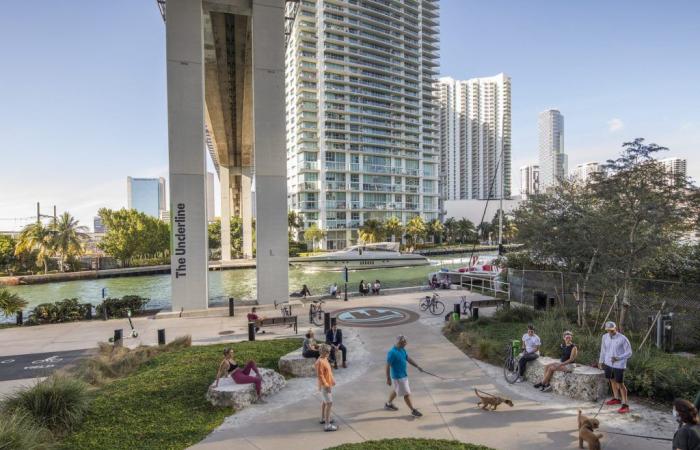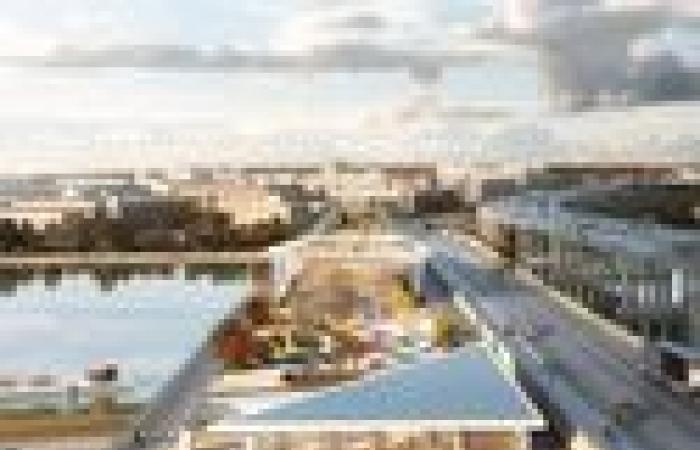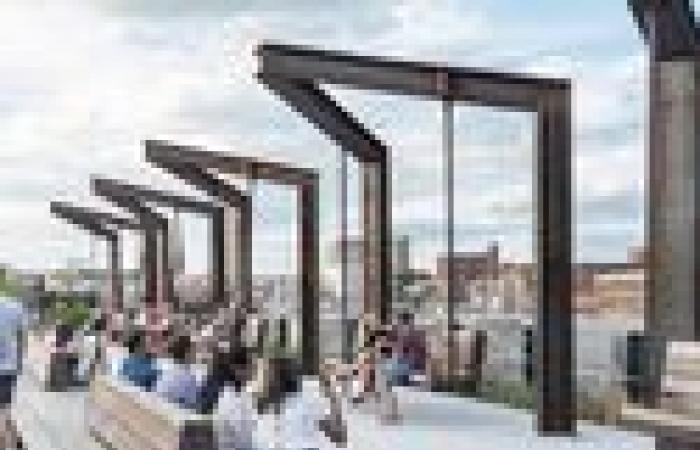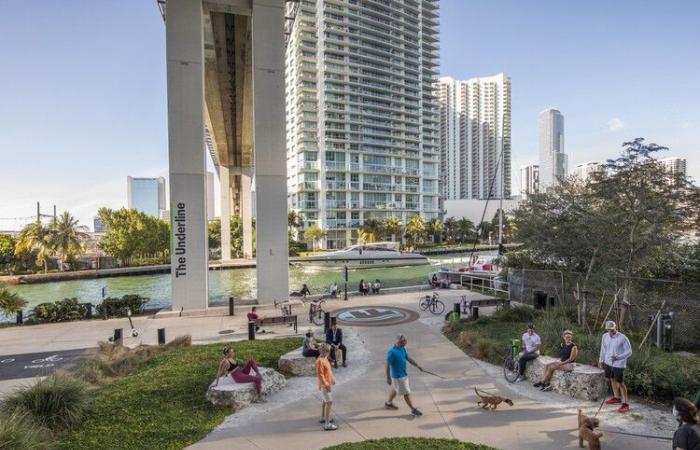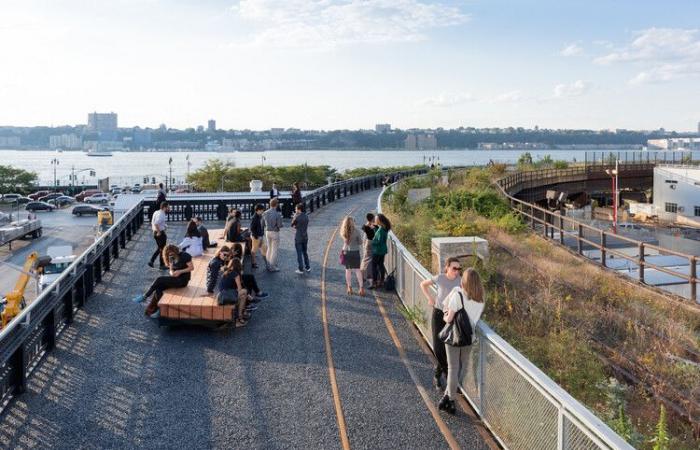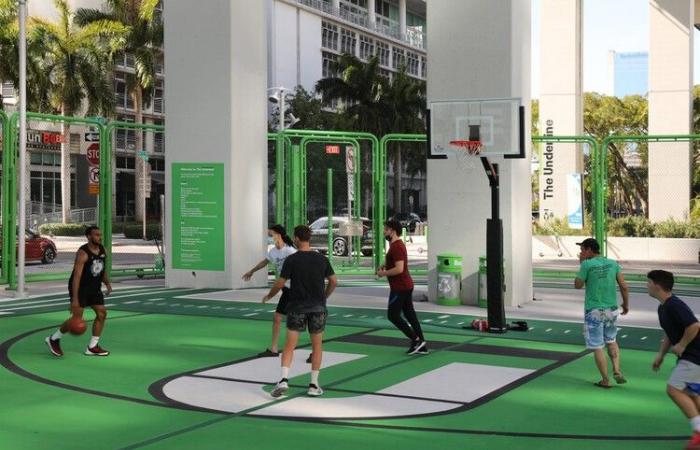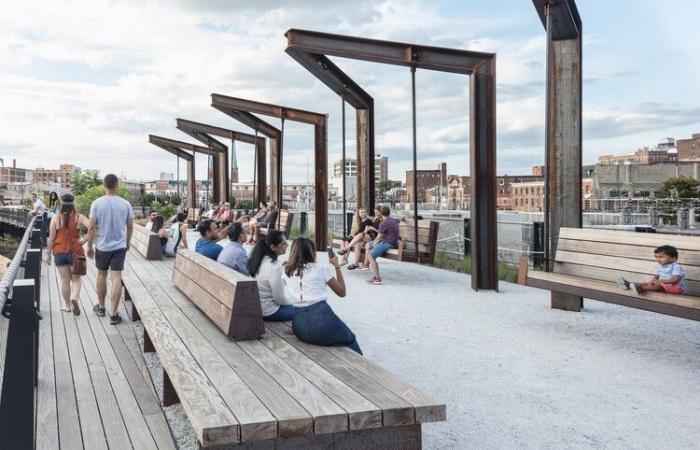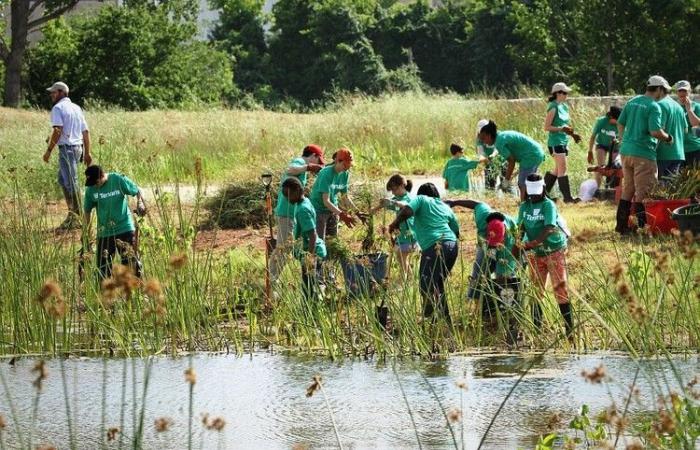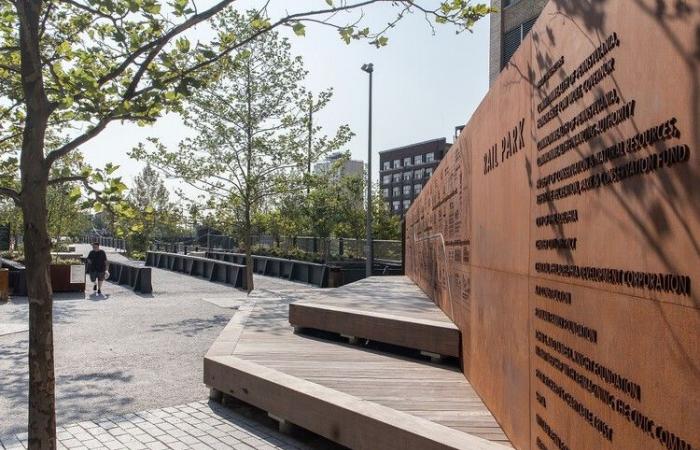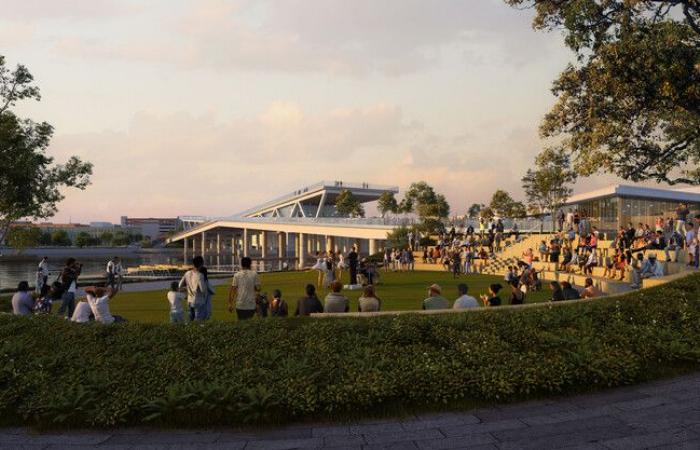Share Share
EITHER
Clipboard “COPY” Copy
In the early 2000s, an abandoned railroad line in Manhattan was deteriorating, a reminder of a time when freight trains traveled directly through the city. For the majority of its citizens, it was a site destined for demolition. However, some visionary residents saw opportunity in this abandoned space and advocated for transforming it into a public green space for the community. The project’s success appeared to spark a “High Line effect,” inspiring other American cities to look to obsolete railroads, highways, and industrial sites for civic infrastructure.
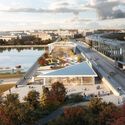

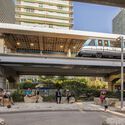
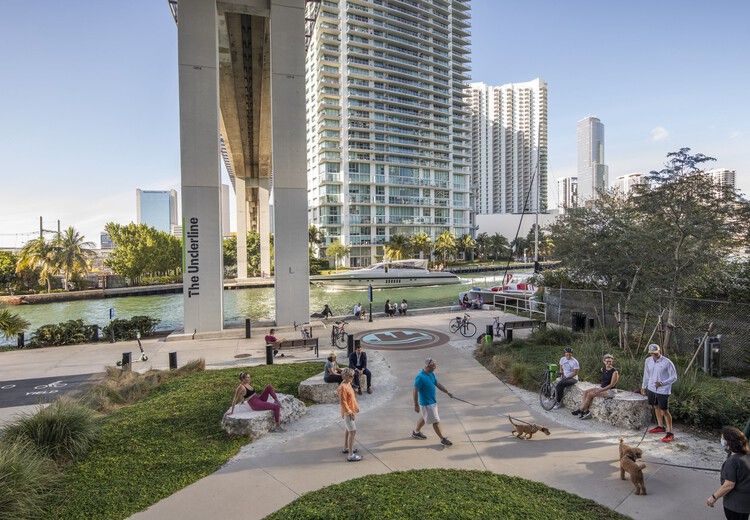 + 6
+ 6
In the United States, cities are reinventing and revitalizing abandoned infrastructure. Parks and community spaces built on abandoned sites have the potential to drive economic revitalization of neighborhoods. New York City’s High Line, celebrated for its recreation of natural habitats within the city’s landscape, was one of the first and most prominent examples of transforming abandoned infrastructure into public space in this way.
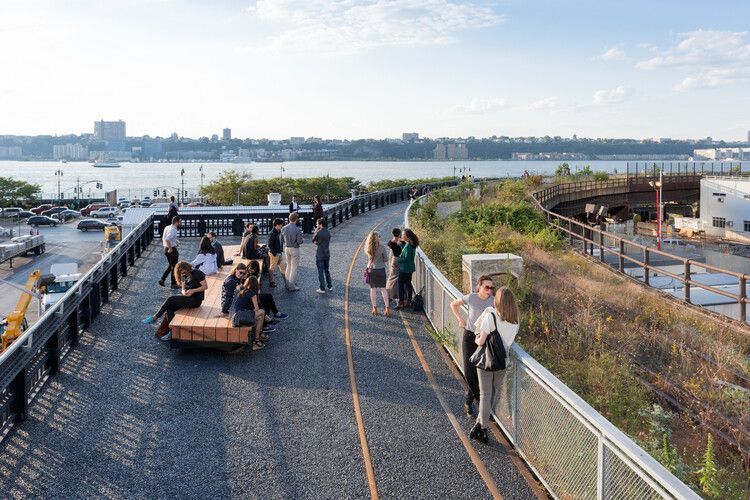
However, the High Line’s immense popularity also contributed to rapid gentrification and displacement in surrounding neighborhoods such as Chelsea and Hell’s Kitchen. Real estate values skyrocketed, leaving out many longtime residents and businesses. While it brought economic benefits, the impacts were not shared equitably with the existing community. Across the United States, this type of infrastructural displacement disproportionately devastated Black, Latino, Native American, and Asian neighborhoods. As infrastructure reuse projects move forward, equity must be at the forefront to prevent further harm to marginalized groups.
Related article
Public spaces and their role in building climate resilience in the US.
While they are a result of the “High Line effect,” many projects in the United States are addressing underutilized spaces through an equity-based lens:
The Underline – Miami, FL
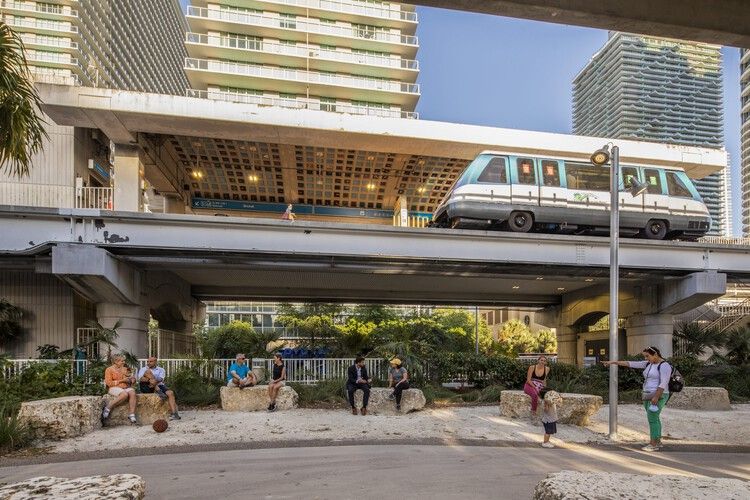

Inspired by the High Line, Miami is embarking on a plan to transform the land beneath its Metrorail system into a roughly 10-mile linear park and urban trail. Called The Underline, the approximately 48-hectare green space will serve as a “social and civic backbone” connecting several distinct neighborhoods in the city once it is completed in 2026.
The Underline developers have established equity and community engagement as core priorities, designing landscaping, amenities, art installations and programming to honor the identities of local communities. Outreach efforts, such as quarterly meetings and partnerships with neighborhood organizations, ensure that design echoes residents’ voices and creates spaces relevant to their needs and cultures. The Underline team recognizes the risk of green gentrification displacing vulnerable populations, so they are exploring strategies like land trusts to preserve affordable housing along the corridor.
Buffalo Bayou – Houston, TX
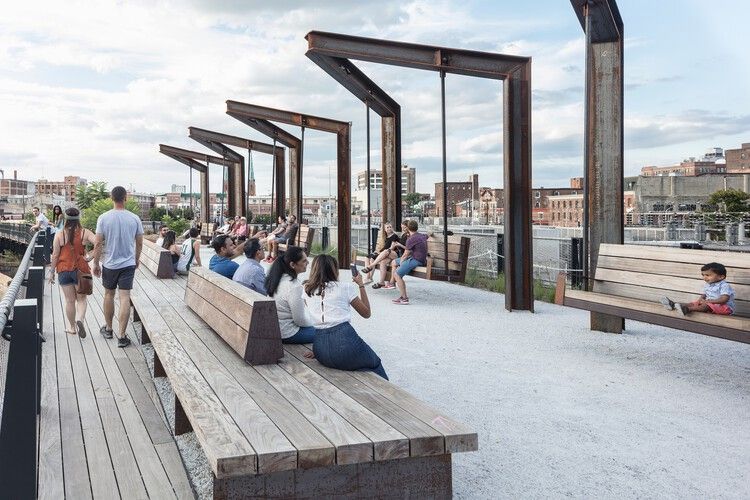
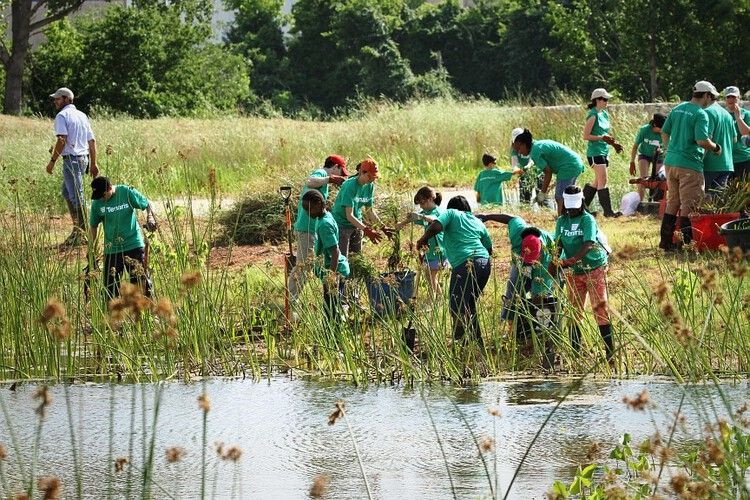
In Houston, Buffalo Bayou Partnership is reinventing the city’s relationship with its primary waterway to connect long-divided communities. For decades, Buffalo Bayou was treated as a drainage ditch, lined with concrete, and turned into a physical barrier between neighborhoods like the historic African-American community of Fifth Ward and wealthier downtown areas. Through its green spaces and pedestrian bridges, the $58 million Buffalo Bayou Park has helped unite these areas while providing much-needed green space and walking and biking trails.
The project employed a racial equity lens, conducted targeted outreach, and formed a community advisory board to ensure the park reflected local cultures and needs. It has prioritized workforce training and construction job opportunities for nearby minority communities. Even as gentrification pressures persist, the Buffalo Bayou plan has focused on developing affordable housing, supporting minority-owned businesses, and improving infrastructure to advance underserved neighborhoods rather than displace them.
The Rail Park – Philadelphia, PA


The ambitiously planned nearly 5-kilometer linear “The Rail Park” alongside the recreational trail is being built atop abandoned, elevated rail lines that once transported freight through some of the city’s most diverse neighborhoods. When completed, The Rail Park will physically connect communities such as Chinatown and Callowhill that have historically been divided by the viaduct’s massive presence.
The first phase opened in 2018 after an extensive community engagement process that shaped the design around the principles of celebrating local cultures, maintaining industrial character, and providing flexible spaces for public gathering and programming. Project leaders at the nonprofit Friends of the Rail Park have made concerted efforts to counter pressures of gentrification and displacement through strategies such as contributing to a community land trust to preserve the affordable housing stock. They are also exploring “value capture” policies to ensure that longtime residents and businesses equitably benefit from the neighborhood revitalization driven by The Rail Park.
11th Street Bridge Park – Washington, DC

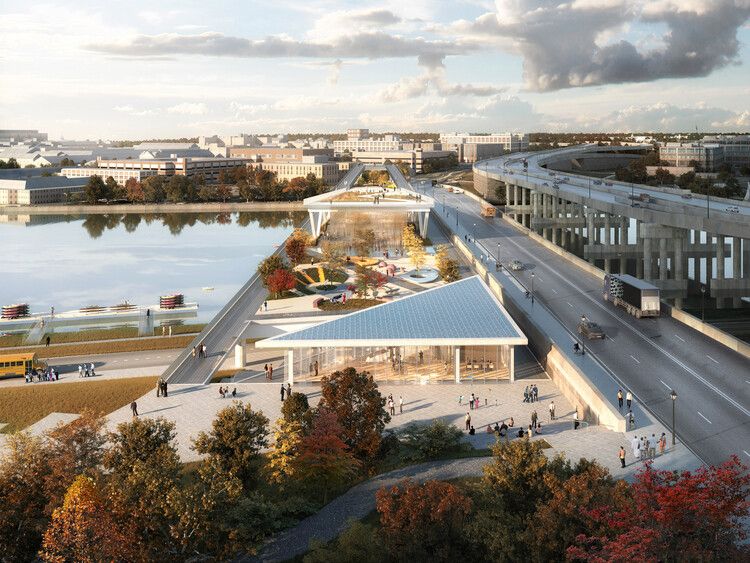
The 11th Street Bridge Park in Washington, DC provides a model for formulating strategies to prevent displacement in the first place. The planned park will transform an obsolete highway bridge into an elevated public space with gardens, performance venues and recreational areas that will connect the diverse neighborhoods of Capitol Hill and Anacostia.
From the beginning, the park’s developers prioritized community involvement and an “equitable development plan” to ensure the $60 million project benefits existing residents. This includes a community land trust to acquire properties and maintain affordable housing units, as well as partnerships with local nonprofit groups to provide job training, small business support, and youth programs. There are strong goals for affordable housing preservation, local hiring, and equity hiring written into construction plans. The project has facilitated a community-driven process to celebrate the area’s rich cultural heritage through public art, historical exhibits and events. By focusing on equity from the beginning, 11th Street Bridge Park aims to create true civic amenity without displacing the very people who should be able to enjoy it.
Design for equity
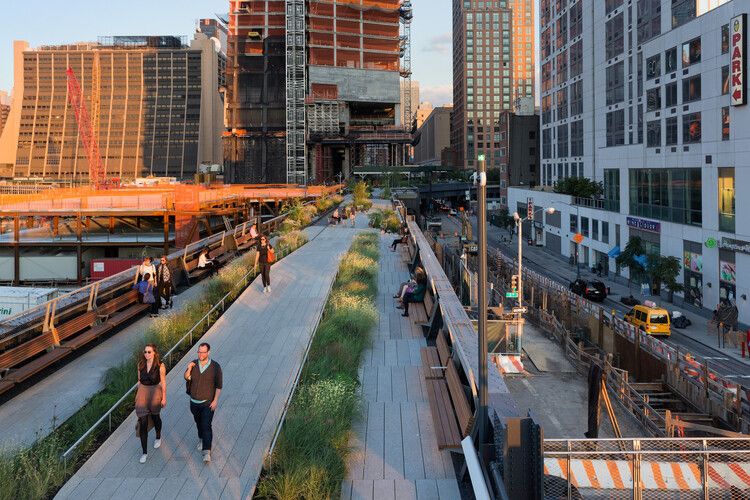
When done with genuine community participation, transforming underutilized infrastructure into public spaces can be an opportunity to redress economic and social injustices. Organizations involved in these infrastructure reuse projects have an imperative to prioritize equity and community needs from the earliest stages of planning through construction and other operations. This requires taking into account the damage caused by decades of disinvestment, discriminatory policies and displacement. By understanding this history and centering the voices of affected communities, public space planners can intentionally direct resources to create spaces that are truly civic connectors.
Incorporating equity must be an intentional process driven by clear objectives and measurable results. Public space organizations must establish metrics linked to employment and economic opportunity, affordable housing, neighborhood connectivity, health and well-being, cultural preservation, and demographic diversity.

